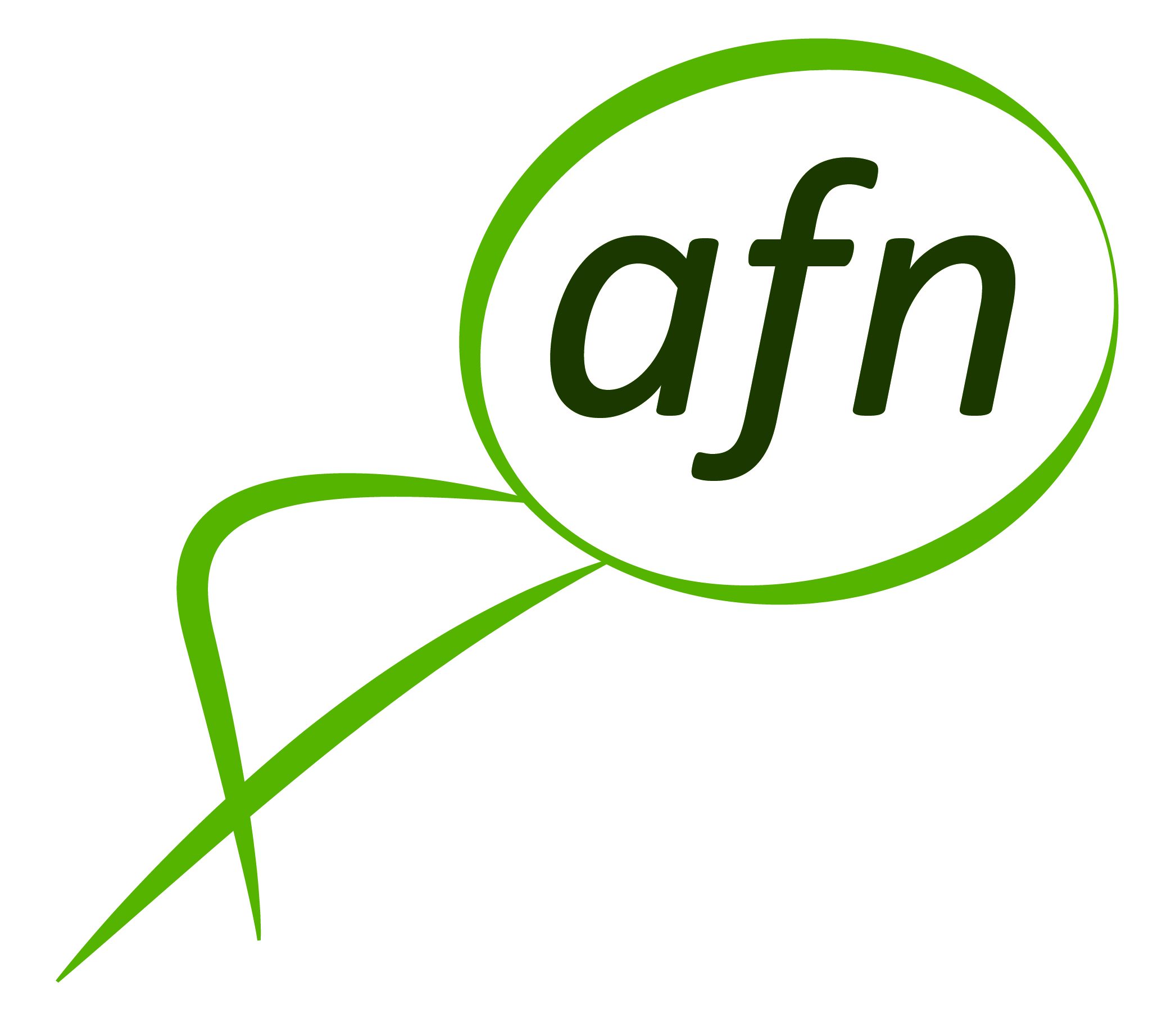The new genus, Liebetanzomyces, was isolated using an extended cultivation approach. It's type strain is called L. polymorphus due to the pleomorphism it displays in terms of its sporangial and rhizoidal structures. The genus is named after Erwin Liebetanz, as he was the first to document the flagellated zoospores of anaerobic fungi in 1910. The paper … Continue reading Liebetanzomyces – 11th genus described
Feramyces austinii – new genus!
The previously uncultured AL6 clade has now been isolated and named Feramyces. More details can be found in the associated published article, which you can find here.
And then there was nine…..
A new anaerobic fungal genus - Pecoramyces - has just been described, and the corresponding paper can be found here. The type strain, Pecoramyces ruminantium C1A (formerly known as Orpinomyces sp. C1A), has already had its genome and transcriptome sequenced.
What they do best…
Anaerobic fungi are very effective at breaking down complex lignocellulosic substrates, using both physical penetration and enzymatic degradation. Their enzymes are some of the most potent in the known biological world!
How many genera?
Six genera of anaerobic fungi are currently recognised, but recent studies have shown there is at least ten more that are likely to exist! One of the latest papers on this topic is: http://www.plosone.org/article/info%3Adoi%2F10.1371%2Fjournal.pone.0091928
A case of mistaken identity…..
Did you know that despite the discovery of anaerobic fungal zoospores in the rumen being first reported back in 1910, it wasn't until the ground breaking work of Colin Orpin in the 1970's that they were recognised as fungi. They had been mistakenly identified as flagellated protozoa for over 60 years!
